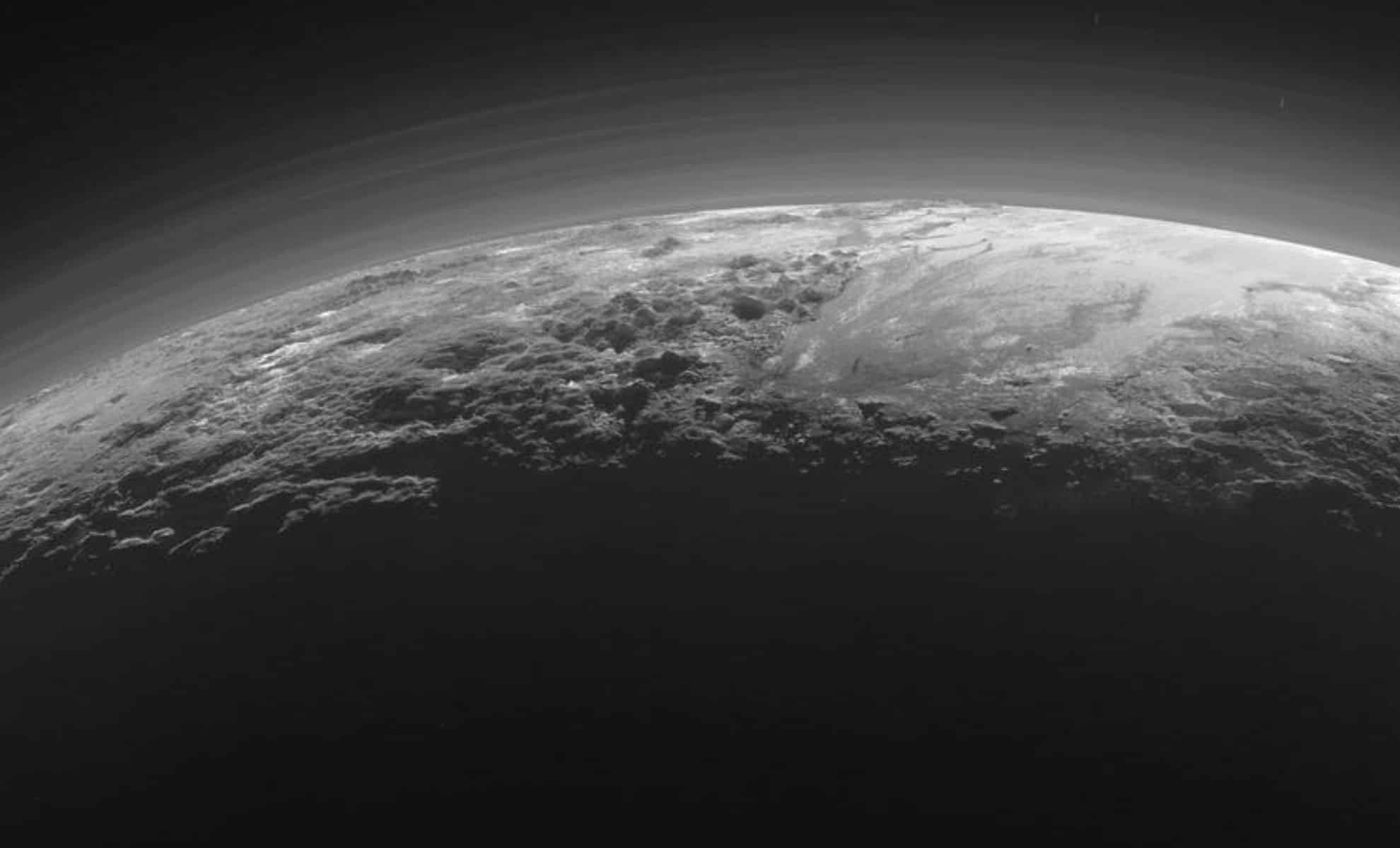NASA’s New Horizons spacecraft has successfully demonstrated a revolutionary method for deep space navigation, as the probe ventured through the Kuiper Belt at a distance of more than 5.5 billion miles from Earth. This achievement, the first-ever successful deep space stellar navigation test, marks a significant leap forward in how we could navigate vast interstellar distances. The test, conducted by an international team of astronomers, involved the spacecraft capturing images of two of our closest stellar neighbors, Proxima Centauri and Wolf 359. This experiment, a proof-of-concept, not only showcased a new potential for navigation but also underlined the power of stellar parallax, a phenomenon where stars appear to shift position due to the observer’s movement. The results, accepted for publication in The Astronomical Journal, could lay the groundwork for future interstellar exploration, offering precise navigation systems for spacecraft venturing far beyond our solar system.
The Concept of Stellar Navigation and Parallax
Stellar navigation, an essential aspect of future deep space missions, relies on the ability to measure the position of stars relative to one another as seen from different vantage points in space. This principle is grounded in the concept of stellar parallax, the apparent shift in a star’s position due to the change in the observer’s location. The New Horizons test employed this technique, capturing images of two stars—Proxima Centauri at 4.2 light-years away and Wolf 359 at 7.86 light-years—using the spacecraft’s unique vantage point as it traversed the outer solar system. By measuring the apparent shift in these stars’ positions, astronomers were able to calculate the spacecraft’s location in space with remarkable accuracy. This test was groundbreaking in its scale and precision, demonstrating the feasibility of using stellar parallax for interstellar navigation.
The results from this test, while not yielding research-grade data, provided an insightful proof-of-concept for future space missions. In fact, the ability to pinpoint a spacecraft’s position with an accuracy of 4.1 million miles—roughly equivalent to 26 inches between New York and Los Angeles—demonstrates the potential of stellar navigation as a tool for long-duration space travel. As the New Horizons spacecraft continues its journey, these findings provide a critical reference point for future interstellar probes.
A New Era for Interstellar Navigation
This successful demonstration is not just a theoretical exercise, but a practical step toward establishing a new era of deep space exploration. “Taking simultaneous Earth/Spacecraft images we hoped would make the concept of stellar parallaxes instantly and vividly clear,” said Tod Lauer, an astronomer at NSF’s NOIRLab and lead author of the study. The ability to observe stellar positions from both Earth and spacecraft allowed the team to directly witness the phenomenon of parallax in action. Lauer emphasized the educational value of such an experiment, noting that it helped bring a theoretical concept to life in a very tangible way. The New Horizons team’s work is a testament to the growing sophistication of space missions, especially as humanity prepares for deeper explorations of the cosmos.
“It’s one thing to know something, but another to say ‘Hey, look! This really works!’” Lauer added. The successful implementation of stellar navigation in deep space serves as a clear affirmation that the technology could play a critical role in future interstellar missions. As more spacecraft venture beyond the outer limits of the solar system, the ability to rely on such navigation methods will become even more important.
Implications for Future Space Exploration
The implications of this experiment extend beyond just New Horizons. As NASA and other space agencies plan missions to explore distant regions of the galaxy, the ability to navigate effectively through interstellar space will become an essential component of these missions. New Horizons, already famous for its historic flyby of Pluto in 2015, has now made an equally important contribution to space science. By demonstrating the feasibility of deep space stellar navigation, the spacecraft has opened up new avenues for mission planning, potentially making long-distance missions to exoplanets or even interstellar space more realistic.
As the spacecraft continues its extended mission, studying the heliosphere and heading toward the boundary of interstellar space, the success of this navigation test underscores the potential of future missions to explore the cosmos in ways previously thought impossible. In the coming years, the New Horizons probe will cross the “termination shock,” the boundary marking the edge of the heliosphere and the beginning of true interstellar space. This crossing could provide the next major milestone in our understanding of the universe beyond the solar system.
The Path Ahead for Interstellar Exploration
While New Horizons was originally launched to study Pluto and its moons, its journey has now transformed into a pioneering mission for interstellar exploration. The test of stellar navigation in deep space could be a game-changer for humanity’s next steps into the cosmos. By refining methods of stellar navigation, space agencies can prepare for more ambitious missions, including potential visits to exoplanets in other star systems. As scientists continue to refine these techniques, the dream of exploring distant stars, and even interstellar space, is gradually becoming more attainable.
As New Horizons nears the boundary of interstellar space, its achievements in stellar navigation pave the way for more advanced and precise methods of navigating in the vast and unknown expanse beyond our solar system. The spacecraft’s work not only exemplifies NASA’s continued leadership in space exploration but also highlights the broader scientific community’s growing expertise in deep space navigation, promising a future where we can chart a course through the stars.
